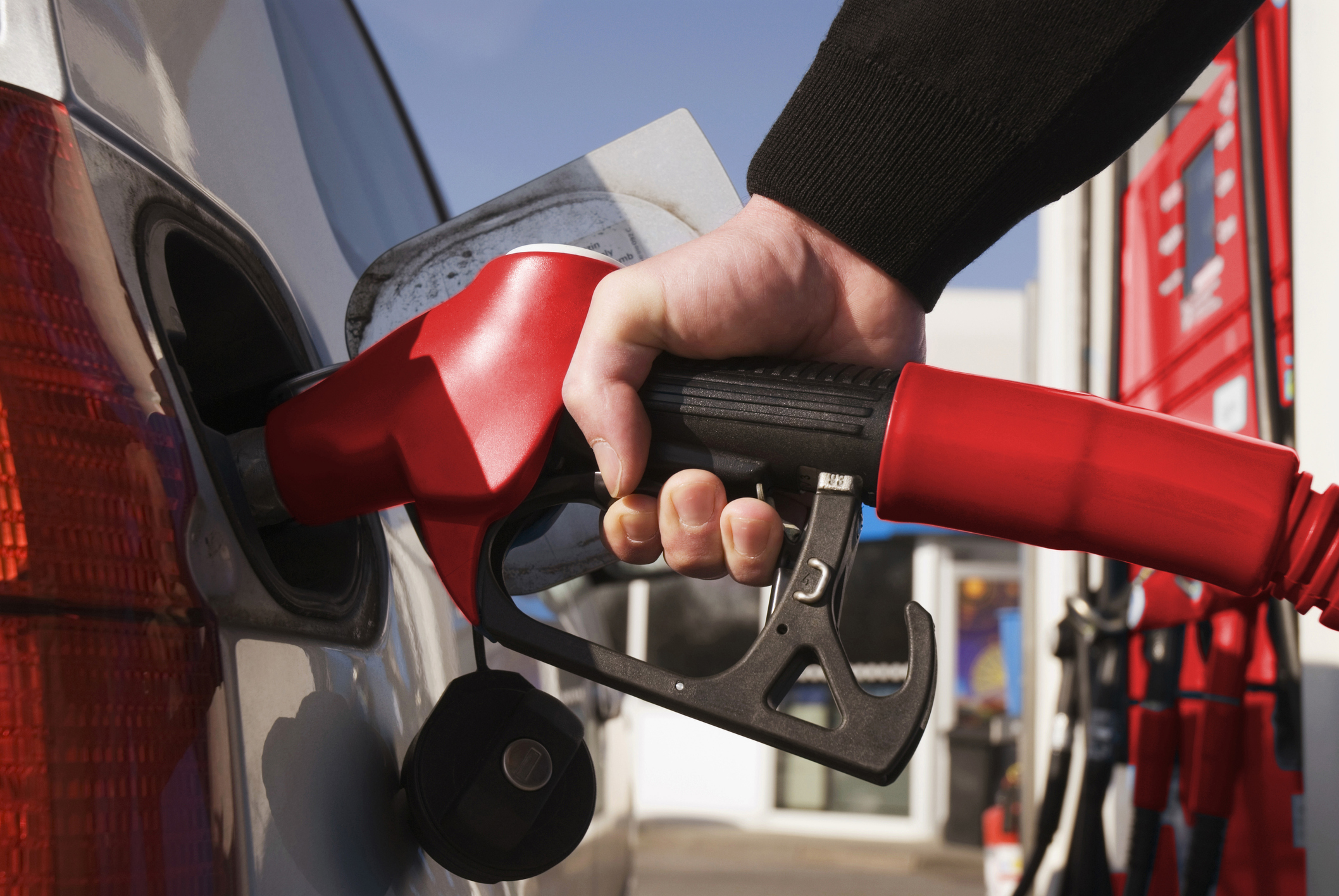UK inflation holds steady at 6.7% in September
Rising fuel costs but falling food prices mean the rate of inflation is unchanged. It raises questions over how the Bank of England will act on interest rates at its next meeting.


UK inflation unexpectedly stuck at 6.7% last month, as soaring fuel costs offset the first monthly fall in food prices for two years.
The price of milk, cheese and eggs fell, as well as mineral water, soft drinks and juices, according to the Office for National Statistics (ONS). But petrol rose by 5.1p per litre, hitting drivers at the pumps.
It means the annual inflation rate as measured by the consumer prices index remains unchanged from August’s reading. Economists had forecast a modest fall to 6.6%.
MoneyWeek
Subscribe to MoneyWeek today and get your first six magazine issues absolutely FREE

Sign up to Money Morning
Don't miss the latest investment and personal finances news, market analysis, plus money-saving tips with our free twice-daily newsletter
Don't miss the latest investment and personal finances news, market analysis, plus money-saving tips with our free twice-daily newsletter
September’s inflation figure is significant because it is expected to be used to up-rate certain benefits, such as universal credit and tax credits, next April. It also confirms that July’s wage figures are set to provide the triple-lock boost to the state pension in the next tax year, which came in higher at 8.5%.
The inflation reading will also raise questions over the Bank of England’s next decision on interest rates in November, after it held rates at 5.25% last month.
Jeremy Hunt, the chancellor, said: “As we have seen across other G7 countries, inflation rarely falls in a straight line, but if we stick to our plan then we still expect it to keep falling this year. Today’s news just shows this is even more important so we can ease the pressure on families and businesses.”
Why has inflation stuck at 6.7%?
The good news is that food prices have finally started to fall. On a monthly basis, prices fell by 0.1% between August and September, led by dairy produce and soft drinks. The only food category that went up was fish.
On the other hand, fuel costs surged. Petrol increased to an average of 153.6p per litre, while diesel moved up 6.3p, to reach 157.4p per litre. This contributed to almost all of the upward pressure on the inflation rate.
The oil price rose last month after Saudi Arabia and Russia cut production. Events in Israel and Palestine have sparked fears of further increases.
Nathaniel Casey, investment strategist at wealth manager Evelyn Partners, commented: “Despite prices at the pump going up, home energy prices have held steady. The category for ‘housing and household services’ - which includes home energy costs - added a negative 0.02% contribution. This should provide households with some respite going into the winter.
"We also expect this category to provide further downward pressure to next month’s inflation print, as the most recent October energy price cap filters through into the CPI data.”
What does this mean for interest rates?
Despite inflation refusing to budge in September, it could still fall below 5.1% by December, which would meet Rishi Sunak’s pledge to halve the rate this year.
Paul Dales, chief UK economist at the consultancy Capital Economics, commented: “The failure of CPI inflation to fall in September from August’s 6.7% will be a bit of a disappointment to most, but as it is still below the 6.9% rate the Bank of England projected back in August, we still think the Bank won’t raise interest rates again.
“It also still leaves inflation on track to fall below 5.1% by December. The new risk, though, is that events in the Middle East restrain how far inflation falls next year.”
Casey added: “We think the broad downward trend in inflation remains intact. The cooling labour market conditions are reducing the risks of a wage-price spiral materialising.
“Although the BoE left interest rates unchanged at their last monetary policy meeting, money markets continue to price in a 50/50 chance of one more rate hike at some point over the coming quarters. Regardless of whether they deliver one more hike or not, we’re unlikely to see rate cuts materialise before the tail end of 2024.”
What do the inflation figures mean for the state pension?
Today’s inflation reading is the final element used in the state pension triple lock. The other two are average earnings, and 2.5%. The highest figure is used to increase pensioners’ payouts each April.
Jon Greer, head of retirement policy at wealth manager Quilter, explained: “This morning’s inflation figure of 6.7% means that unless the government makes changes to how it calculates the triple lock, the state pension will rise by the earnings figure during the May to July 2023 period, which was 8.5%.”
This would bring the full new state pension amount up from £203.85 to £221.20 a week.
Greer added that the government may decide to strip out bonuses and hand pensioners a lower state pension increase.
If bonuses are excluded, the state pension would rise by 7.8% instead. According to Quilter, using this lower measure of earnings would save the Treasury an estimated £900 million over the 2024/25 financial year.
The government is set to confirm its approach later in the autumn when it announces its annual review of benefit rates.
Get the latest financial news, insights and expert analysis from our award-winning MoneyWeek team, to help you understand what really matters when it comes to your finances.

Ruth is an award-winning financial journalist with more than 15 years' experience of working on national newspapers, websites and specialist magazines.
She is passionate about helping people feel more confident about their finances. She was previously editor of Times Money Mentor, and prior to that was deputy Money editor at The Sunday Times.
A multi-award winning journalist, Ruth started her career on a pensions magazine at the FT Group, and has also worked at Money Observer and Money Advice Service.
Outside of work, she is a mum to two young children, while also serving as a magistrate and an NHS volunteer.
-
 RICS: Seller confidence hits new high but buyers are yet to return to the property market
RICS: Seller confidence hits new high but buyers are yet to return to the property marketThe latest Residential Market Survey from the Royal Institution of Chartered Surveyors (RICS) shows there are signs that confidence is slowly returning to the housing market
-
 'Lockdown wills’ at increased risk of legal challenge
'Lockdown wills’ at increased risk of legal challengePressures caused by the pandemic led some people to rush their wills. Now, lawyers are saying problems are surfacing that could make them invalid